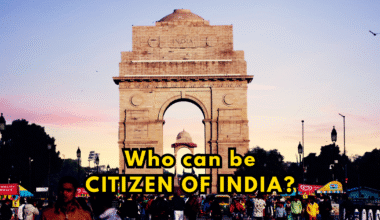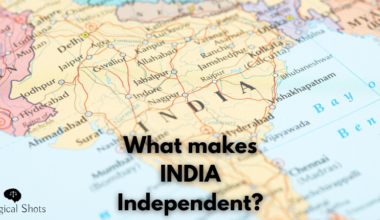Childhood is a strange era, when we used to fight for our friends, and would fight with our friends for talking to our so-called “enemies”. But as we grow up, we tend to understand that everyone should have their own choice to choose who they wish to speak to, who they wish to be friends with, who they wish to pursue trade with….Right? Not for America’s President Donald J. Trump. In the recent tariffs game, Trump signed an additional 25% tariffs order adding to the initial 25% tariff, apparently “punishing” India for continuing oil trade with Russia. Let’s understand what tariffs are and how they may impact India’s economy.
Tariffs in International Trade
As defined by the World Trade Organization, tariffs are “customs duties on merchandise imports”. It can be understood as a tax imposed by one country on the goods or services imported from another country. For ease, tariffs are added costs to international trade. Tariffs influence international trade, help economies raise revenues, and protect local competitive advantages.
Just like municipal taxes (tax imposed within a country on goods, service or income), the government holds discretionary power on how much tariffs may be imposed. To understand the ongoing buzz, Trump Tariffs on India are just a reflection of friction among the Indian and US Governments over trade.
US Tariffs News
Since Donald Trump won the US Elections 2024-25, Tariff games have been much talked about. It seems like in the race of making America great again, US President Trump has been finding ways to stay in news. Let’s take India’s example only, it started with the announcement of tariff hikes in April, against numerous countries including India. Then May brought in the imposition of 26% additional country specific tariffs on India, along with 10% baseline tariffs. Recently, US Tariffs on India came back to the news when Trump sought to “punish” India with a 25% tariff along with a penalty for continued trade with Russia. Now, the number has been increased and Trump tariffs India to a whopping 50%.
Can Trump punish India with Tariffs?
There is a word in international diplomacy termed “sovereign”. Among the various factors, What makes India independent is its sovereignty. India is an independent country and we get to choose who we want to continue our trade with. India has always been the country which never sided with any of the countries in World Wars. India always kept her neutral stance.
Using the term “penalty” against India for continuing trade with Russia is more of the Trump Administration’s arrogance. As suggested by some experts, while US tariffs targeting India regarding oil purchase from Russia is threatening, the same stands legally vulnerable, and may be stricken by the Constitutional Courts.
Who will be impacted?
For India, America is one of the largest export markets. Mostly, the exporters in textiles & garments, pharmaceuticals, machinery & electronics, and refined petroleum products (especially re-exports of Russian crude) will be impacted. Trump Tariffs on India will significantly reduce Indian export to the US, lessen India’s overall trade surplus, affecting its foreign exchange reserves and rupee stability. If the situation does not improve, India may, though cautiously, retaliate with the Tariff game by targeting US agricultural imports (almonds, apples, soy), Harley-Davidson motorcycles (already a symbolic target) and Tech imports.
What to do if Trump Tariffs India?
This is global era, and restricting international trade is not an option. If tariffs remain as it is, it will hike inflation, and will definitely affect India’s export to the US. There is another fact that if the US keeps the tariffs at 50%, there will be other markets offering better stakes – that’s how business happens and markets shift. In fact, since the news of Trump Tariffs India has been circulating, several voices have been raised about this not being a tragedy but an opportunity for India. For example, the Chairman of Mahindra Group, Anand Mahindra compared the current Tariff War with that of 1991 Foreign Exchange Crisis. That time led to India’s Economic liberalisation. Mr. Mahindra suggested that the current situation could pander to a revolutionary change for India.








